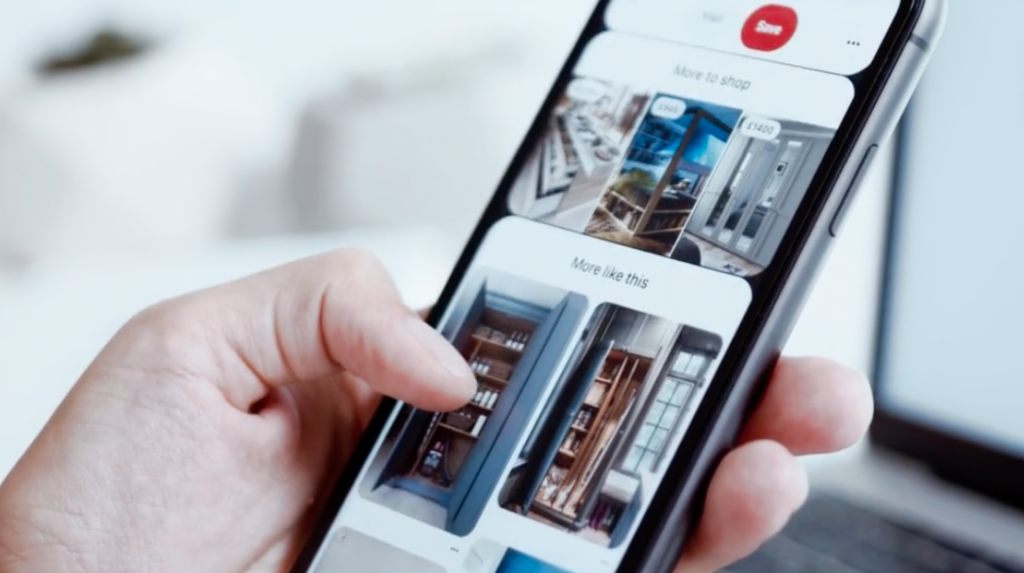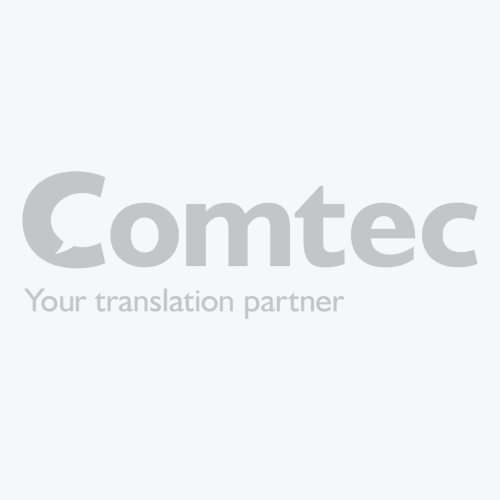Last week, Sally Rushton from Rise at Seven joined The CMA in a webinar to discuss what lay behind the growth of Pinterest, and offered brands practical advice on how to get more from the platform to serve both brand and business. She’s recapped her findings for you so that you can create impactful content for Pinterest.
The growth of Pinterest in 2020
I don’t know about you but during lockdown my social media usage skyrocketed. Devoid of contact with people, bored and isolated from friends and family I craved the buzz from social media likes and instant notifications.
Yes I perfected my TikTok game (as with the rest of you, it’s now the world’s most downloaded app) but I also turned to Pinterest for inspiration – and escapism.
And I wasn’t the only one, it turns out. Monthly active users grew over 120 million in 2020. New, younger audiences flocked to the platform including a new male cohort. Whilst many of us sought a shopping fix to replicate the offline experience, others looked for gardening and DIY help and advice to pass the time and create new, safe spaces away from the craziness happening around us.
Arguably a more personal space than social media, Pinterest provides positivity – as Pinterest Lead, Milka Kramers said: “People don’t come to Pinterest to talk about the news or to have conversations with their friends, they come to be with themselves. People come to really think and plan and dream about what the future can be. ”
Users aren’t just turning to Google to search for products, ideas and inspiration – they’re cataloguing mood boards, curating their own content to guide future purchase decisions. Pinterest is a growing visual search engine and its importance is a growing conversation with clients at Rise at Seven who want to drive traffic and sales from their investment.
So with a growth in users, improved insights for brand managers and a host of new advertising options in place to support making ‘every pin shoppable’, Pinterest has upped its game to compete against Facebook and TikTok.

Get more from Pinterest for your brand and business
Want to get more from Pinterest? Here’s what you need to know about this growing platform and visual search engine:
1. Get to grips with the basics
From pins, both rich and ‘shop the look’. Use high resolution images, always mobile first. Use text overlays to make a headline pop or focus on introductory copy to give people a sneak preview of your content. Entice readers to learn more about you and your products – tell them what they’re seeing but inspire and drive them to learn more! A strong visual narrative will make your content stand out and easily recognisable when viewed through search results.
2. Think about your customer’s Pinterest journey
Align customer journeys to aid decision making on Pinterest, from awareness to purchase. Drill down into what your customers, or potential customers are looking for when they research your category and plan for how you can support them in their journey – with beautiful aesthetics of your product imagery or video content, to help and advice from your experts and purchase information. Offer solutions to real challenges, balancing inspiration with practicality.
3. Research
Before jumping in, you should research the best performing categories and interests to optimise your boards and pins. Use trend data to keep relevant and responsive – a successful Pinterest account will use trend led content and evergreen content to drive regular content and posting, favoured by the platform’s algorithms! Use Pinterest insights to inform your plan.
4. New to paid?
Pinterest has seriously invested in their ad products – start with the basics like promoted pins, with static and video options. You can also try carousel alternatives or collection ads, featuring a lifestyle image and support product shots. Just make sure you have a clear plan on your objective and target audience. Then with a Pinterest business account in place, check you have a Pinterest tag set up on your website to make sure the product IDs from your site work seamlessly with Pinterest.
5. Plan ahead
Many pinners will look for seasonal content 30-50 days in advance of an event, so align your content strategy with any key calendar dates and opportunities. Use keywords to inform your pins and board descriptions – many users do use brand terms, so remember to do thorough research to inform your copy and hashtags.
6. Consider collaborating
As with any social media strategy, give people a reason to keep coming back or to follow your profile – consider the role of customers or influencers for collaboration. Collaborative boards are a great way to engage customers post purchase and see how your product has been used or displayed in real homes, creating authentic content and powerful testimonials for your brand.
Find out more about Rise at Seven by visiting their member page.






